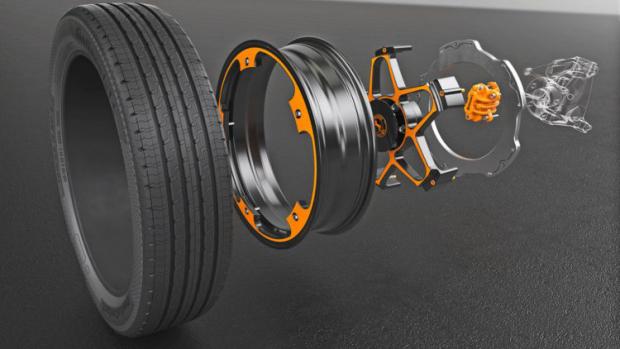
Breaking News
 Special Christmas Eve War Room! FBI Finds Millions More Epstein Docs, PLUS…Updates on Trump's...
Special Christmas Eve War Room! FBI Finds Millions More Epstein Docs, PLUS…Updates on Trump's...
 The U.S. Government Is Not the Daddy of U.S. Oil Companies
The U.S. Government Is Not the Daddy of U.S. Oil Companies
 Aussie Leaders Crush Online Free Speech To Prop Up Failing Multiculturalism
Aussie Leaders Crush Online Free Speech To Prop Up Failing Multiculturalism
 Cocaine Dogs & 'Safe Space Ambassadors': Rand Paul Airs The Festivus (Budget) Grievances
Cocaine Dogs & 'Safe Space Ambassadors': Rand Paul Airs The Festivus (Budget) Grievances
Top Tech News
 Travel gadget promises to dry and iron your clothes – totally hands-free
Travel gadget promises to dry and iron your clothes – totally hands-free
 Perfect Aircrete, Kitchen Ingredients.
Perfect Aircrete, Kitchen Ingredients.
 Futuristic pixel-raising display lets you feel what's onscreen
Futuristic pixel-raising display lets you feel what's onscreen
 Cutting-Edge Facility Generates Pure Water and Hydrogen Fuel from Seawater for Mere Pennies
Cutting-Edge Facility Generates Pure Water and Hydrogen Fuel from Seawater for Mere Pennies
 This tiny dev board is packed with features for ambitious makers
This tiny dev board is packed with features for ambitious makers
 Scientists Discover Gel to Regrow Tooth Enamel
Scientists Discover Gel to Regrow Tooth Enamel
 Vitamin C and Dandelion Root Killing Cancer Cells -- as Former CDC Director Calls for COVID-19...
Vitamin C and Dandelion Root Killing Cancer Cells -- as Former CDC Director Calls for COVID-19...
 Galactic Brain: US firm plans space-based data centers, power grid to challenge China
Galactic Brain: US firm plans space-based data centers, power grid to challenge China
 A microbial cleanup for glyphosate just earned a patent. Here's why that matters
A microbial cleanup for glyphosate just earned a patent. Here's why that matters
 Japan Breaks Internet Speed Record with 5 Million Times Faster Data Transfer
Japan Breaks Internet Speed Record with 5 Million Times Faster Data Transfer
Continental Reinvents The EV Wheel

Continental says the design optimizes braking for electric vehicles by reducing weight, while eliminating poor braking performance from traditional brake rotors that can be subject to corrosion. It would also reduce maintenance costs because the aluminum disc is designed to last the life of the car.
Basically, the inner star section attaches to the hub, with the wheel brake fastened to the wheel carrier of the axle. The brake engages the disc from the inside, allowing for a wider friction radius. With the lightweight design, the car uses less energy to accelerate and maintain speed, thus increasing range. Since EVs use regenerative braking, physical brake components are subject to less wear. As such, the aluminum disc will last the life of the car, with the only wear items being the brake pads.
Continental says it designed its New Wheel Concept for medium and compact-class vehicles, and that the design was deemed "sturdy and fulfills all the established criteria" for this application. As far as we can tell, no outside testing on this design has been performed.



